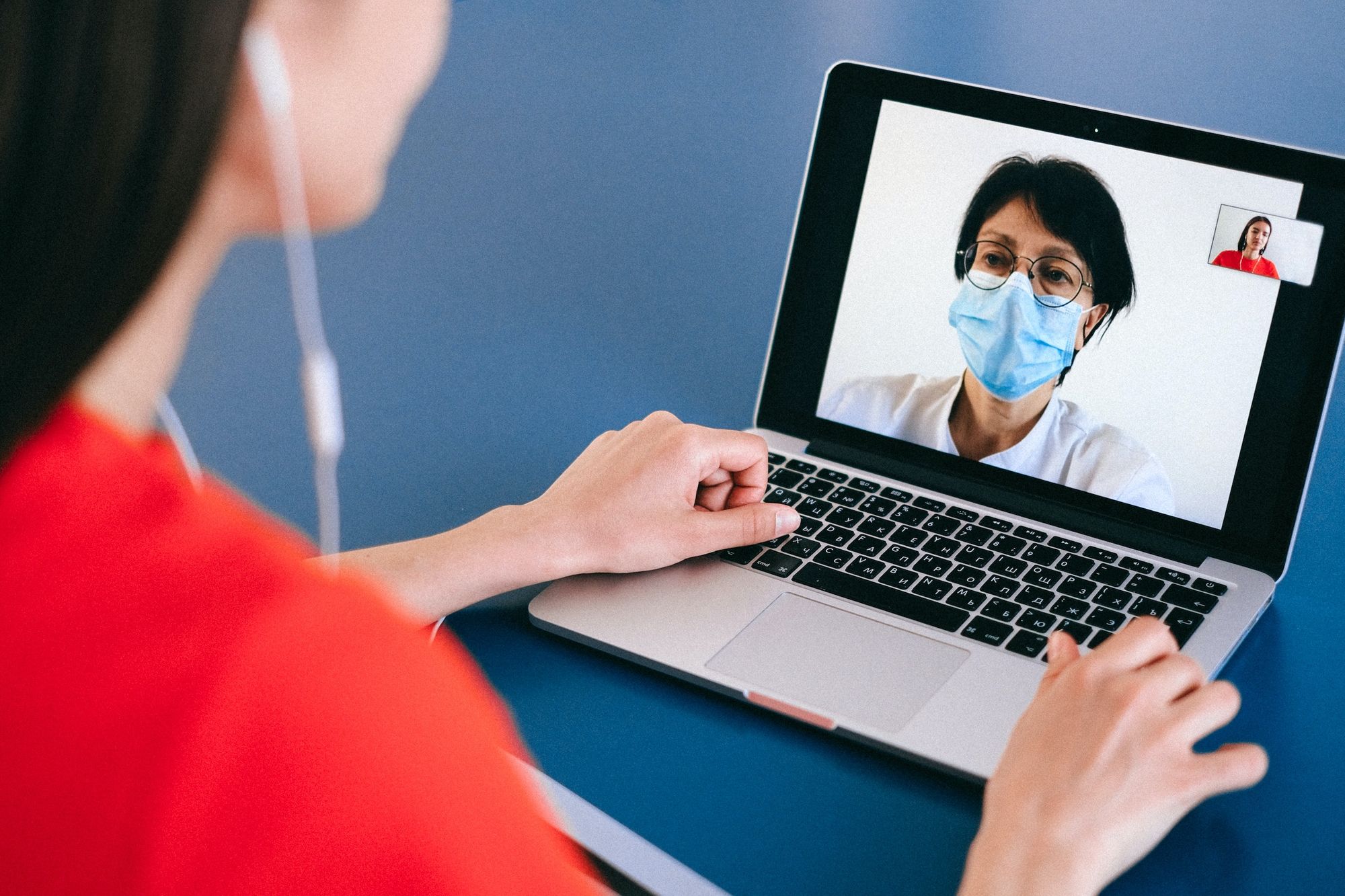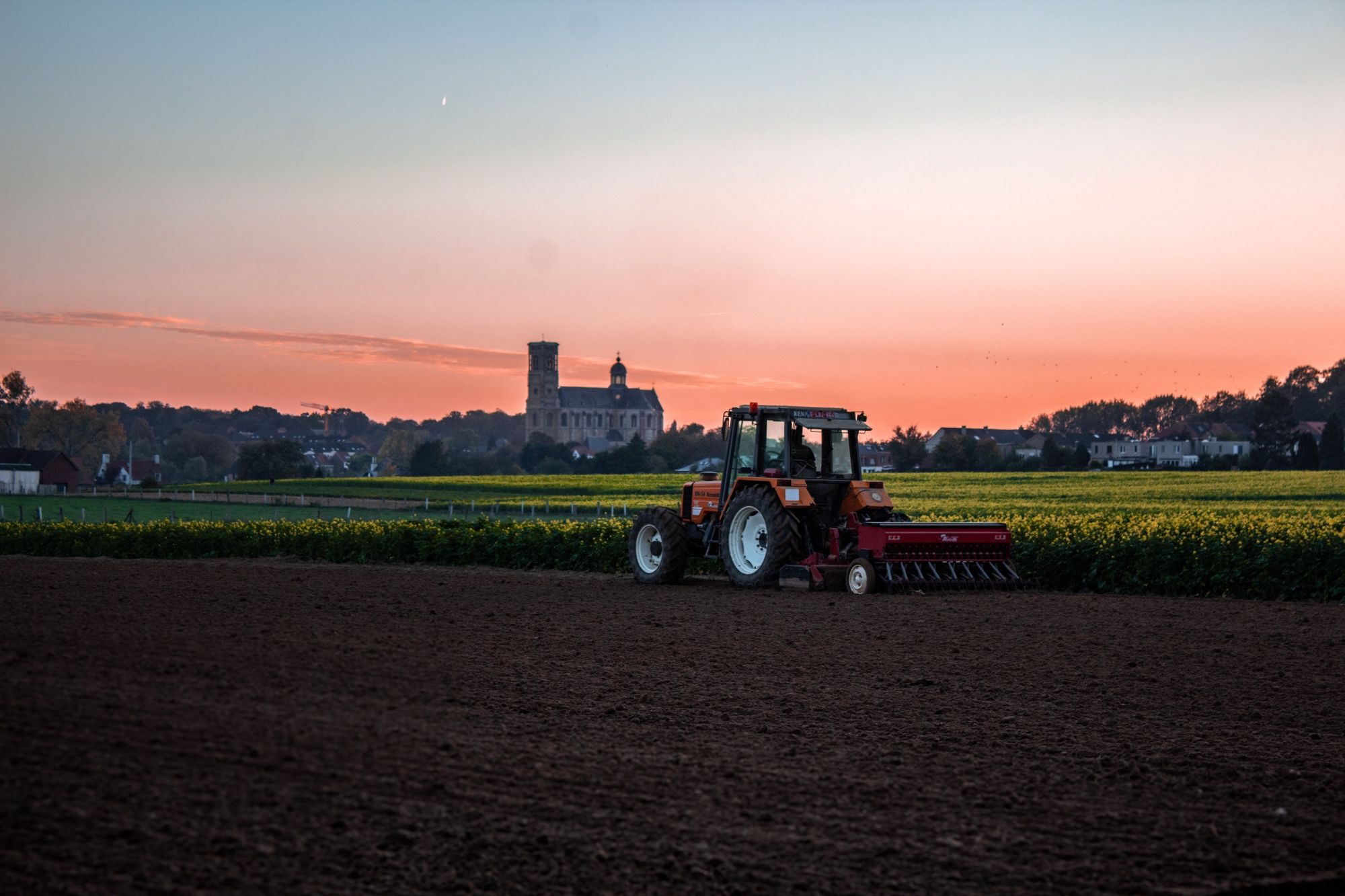Rural and remote communities have poor access to physical therapy. Image by Nicolas Veithen from Pexels.
In Canada, about 20% of the population live in rural communities, which span 95% of Canada's land.[1] A rural community is defined by its small population of less than 10,000 people.[2] These smaller communities have poor access to physical therapy due to limited physical therapy staff and being located far away from urban centres.
Growing up in Northern Ontario, I know first hand what it is like trying to access healthcare in rural areas. Healthcare professionals are limited in number, creating long wait times for appointments and a lack of specialized care. People often need to be referred to larger centers in urban areas, in my case to either Ottawa or Toronto, to access healthcare. I had the opportunity to work at a physical therapy clinic in a rural area and saw people who had to drive over an hour to come to their appointment because there were no physical therapy services in their town. This motivates me as a future physical therapist to work in Northern Ontario as a first step to improving access to physical therapy.
Geographic location
There are some rural communities that do not have access to physical therapy care at all.[2] People often have to travel large distances to more populated areas to access care.[2] If you need specialized care, it could require a day-long trip, as is the case for people living in Northern Ontario needing to get to Toronto or Ottawa. This is often not feasible for people. The possible costs involved for a single appointment requires booking one or two days off of work, paying for an overnight stay at a hotel, and needing access to a car and gas money to get to the appointment. There are some forms of public transit that will connect people to larger cities, but I know from experience that the price for a bus ticket would be more than the price of gas required to get you there. Being geographically located far away from urban centers guarantees poor access to critical healthcare services for people living in rural communities!
Limited Staff
Rural and remote communities have limited physical therapy staff. One explanation for this is that physical therapists are more likely to practice where they have been educated - which is in larger cities.[3] There is also a lack of financial and technological support for rural physical therapists due to the small population they serve.[2] These factors create longer wait times for patients, meaning they may not be able to receive care in a timely manner. People sometimes have to wait a month before they are able to see a physical therapist. This can have detrimental outcomes for patients. Early intervention has been shown to reduce pain quicker, improve your ability to do every day tasks, and increase quality of life.[4]
Lack of Specialization
In rural populations, there is a lack of specialization.[2] The limited staff need to have a ‘Jack of all trades’ approach to be able to serve the general population. It is not that physical therapists in rural settings are not capable, it is that they have a much broader scope of conditions that they need to be able to treat. This general approach means there is less access to specialized care, the most lacking of which being for neurological conditions.[5] This means that if you or a family member had a condition such as Parkinson’s disease, there would be no specialized physical therapy services available for you. This would require more time and resources to access care elsewhere, adding unnecessary stress to your life.
Indigenous and racialized communities
Indigenous and racialized communities have the poorest access to physical therapy and healthcare. Not only do they have all of the remote and rural barriers mentioned, but they do not have culturally safe access to healthcare.[6] Stay tuned for my next blog that is focused on Indigenous and racialized access to healthcare.
Is telerehabilitation the solution?
Telerehabilitation is physical therapy delivered virtually. The goal of this is to eliminate the barriers of being geographically located in a rural community.
A common thought is that virtual care might not be up to the same standard as face-to-face care, but it has been shown that virtual care has a positive impact on both health outcomes and patient satisfaction.[7] In fact, it has been found that for people who are recovering from a knee replacement, virtual physical therapy is just as good as conventional methods in managing pain and even better at producing functional outcomes.[8] This could be a great solution for people living in rural or remote areas as you are just a video call away from a specialized physical therapist. It also eliminates the barriers of time and transportation.
You might ask, “if telerehabilitation is so great, why is it not so common in rural communities?” Well, there are some negative aspects. You do miss out on in-person services such as modalities, manual therapy, and in-person contact, but the largest barrier is access to stable high speed internet. Many remote communities do not have access to high speed internet, and if they do, it is much more expensive than in urban centers. You also need a device capable of video calling, which costs a lot of money. This makes access to physical therapy even more difficult for those in remote areas who are also of a lower socio-economic status. It is frustrating that the people that could benefit the most from telerehabilitation are also the people that encounter the most barriers when trying to access it.
Even though telehealth is supposed to remove barriers to healthcare access, it just adds new ones through these digital divides based on aspects such as geography, socioeconomic status, and race.[9] People in urban centres, who already have access to in-person healthcare, end up being the ones who access telehealth because they typically encounter less barriers. Telehealth can still be a great tool for people in rural areas, but there are some barriers to access that still need to be addressed.
Conclusion
Rural and remote communities have poor access to physical therapy. Some communities do not have a local physical therapist and have to travel for over an hour to access care. Areas that do have physical therapists often have long wait times and a lack of specialized care due to limited staff. Residents of rural communities often have to travel great distances to urban centers to access the specific physical therapy care they need. This is often not feasible due to barriers such as time, cost, and limited access to public transportation. Virtual physical therapy is one solution to try to transcend some of these barriers, but this creates new barriers such as internet access and cost of technology.
Curovate is part of the solution
Curovate is a physical therapy app for ACL reconstruction, knee replacement, and hip replacement. The motivation behind creating Curovate was to address healthcare access issues and reduce the barriers to providing physical therapy to rural communities. For those living in rural areas that have access to some internet connection, this is a great way to access virtual physical therapy. The app was designed by a physical therapist and lays out your entire recovery journey. It provides a list of video guided exercises to complete each day. As you move through the stages of recovery, you will be given new exercises to ensure you continue to make progress. Other features include the weekly achievements, measuring range of motion, and the option to connect with a licensed physical therapist virtually.
 |
 |
|---|
Other related blogs:
- “The world is mobile and so are physical therapists!”
- How is physical therapy access changing in 2020? COVID-19: Part 1
- How To Manage Your Recovery Protocols With Curovate
- How to Navigate your exercises in Curovate
- How To Access and Follow Your Exercise Program Using Curovate
- How To Become More Consistent With Your Exercise Program Using Curovate
References







